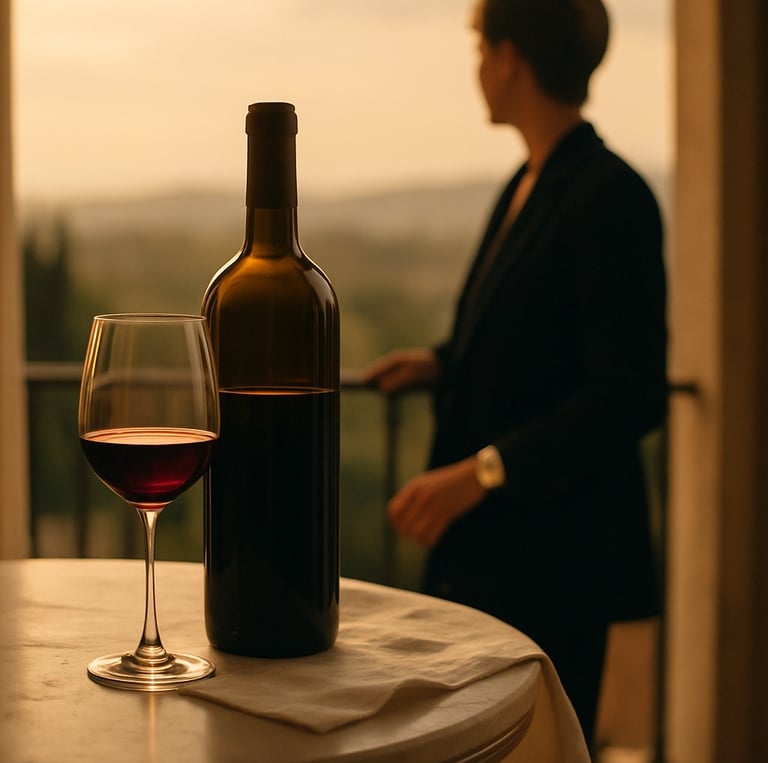
The Psychology of Luxury in the World of Wine
5/22/2025


Decisions That Connect with Status, Desire, and Identity
Luxury Is Perception, Emotion, and Projection
A wine served at a Michelin-starred table, a bottle cellared for decades, or a label that evokes a legendary region… What makes these experiences memorable?
Why do some wine brands ispire instant admiration, even before they’re uncorked? Why are certain consumers willing to pay—and wait—for a bottle they’ve never even tasted?
The answer lies in the psychology of luxury.
In that symbolic universe where value is not defined solely by the tangible, but by the story it tells, by how it makes us feel, and by the way we project ourselves through its selection.
Wine, when it enters the world of luxury, stops being a product. It becomes a personal statement.
Buying Fine Wine Is a Declaration, Not an Impulse
No one buys a fine wine simply because they’re thirsty.
They choose it for what it represents:
🔹 For the connection with an admired region, like the vineyards of Burgundy.
🔹 For the quiet elegance of its label, like the minimalist beauty of Screaming Eagle.
🔹 For the story it implicitly carries, like the legacy of Château Margaux.
🔹 Because they want to say something about themselves through that choice.
In psychology, we speak of projective luxury: when the consumer uses brands to express their identity, their belonging, their differentiation.
And in that symbolic game, wine holds a power that few other categories can match: it blends history, pleasure, ritual, and exclusivity.
Desire Is Not Rational: It Is Relational
A wine becomes desirable not only for its quality but for its ability to provoke an emotion:
Nostalgia.
Pride.
Curiosity.
A sense of belonging.
The need to stand out.
This is why the smartest brands don’t just sell bottles.
They sell narratives, connections, lifestyles.
They know that the fine wine consumer isn’t looking for a product—they’re looking for connection.
Luxury, Status, and Wine: A Subtle Relationship
In the world of luxury, status is not flaunted—it’s suggested.
A truly fine wine doesn’t need to prove its worth. It hints at it through its narrative, its limited distribution, its visual language, its architecture, its hospitality.
Everything communicates.
From the architecture of iconic wineries like Catena Zapata to the minimalist label design of Screaming Eagle, every detail is crafted to suggest value without having to explain it.
The more sophisticated the consumer, the more refined their radar for detecting authenticity, coherence, and distinction.
Brands that understand this don’t just gain market share. They build symbolic power.
What Drives the Fine Wine Consumer? Insights from the Psychology of Luxury
Exclusivity: What’s hard to obtain is more desirable. But it must feel intentionally inaccessible—not arbitrarily so.
Authenticity: Luxury without truth collapses. Today more than ever, coherence with origin, sustainability, and story matters just as much as technical quality.
Silent Recognition: Luxury consumers no longer seek to impress everyone. They seek recognition from those who share their level of understanding.
Time as True Luxury:
Waiting for a vintage, aging a bottle, visiting a remote winery. The time invested is also part of the symbolic capital.
Closing Thought: Understanding in Order to Connect
Understanding the luxury consumer isn’t just a competitive advantage.
It’s a necessity for any winery aspiring to play in that league.
Because today, more than ever, wine is not just drunk—it is chosen, displayed, and lived as a sign of personal distinction.
And those who understand the emotional, symbolic, and narrative keys that make this possible won’t just sell more.
They will become unforgettable.

